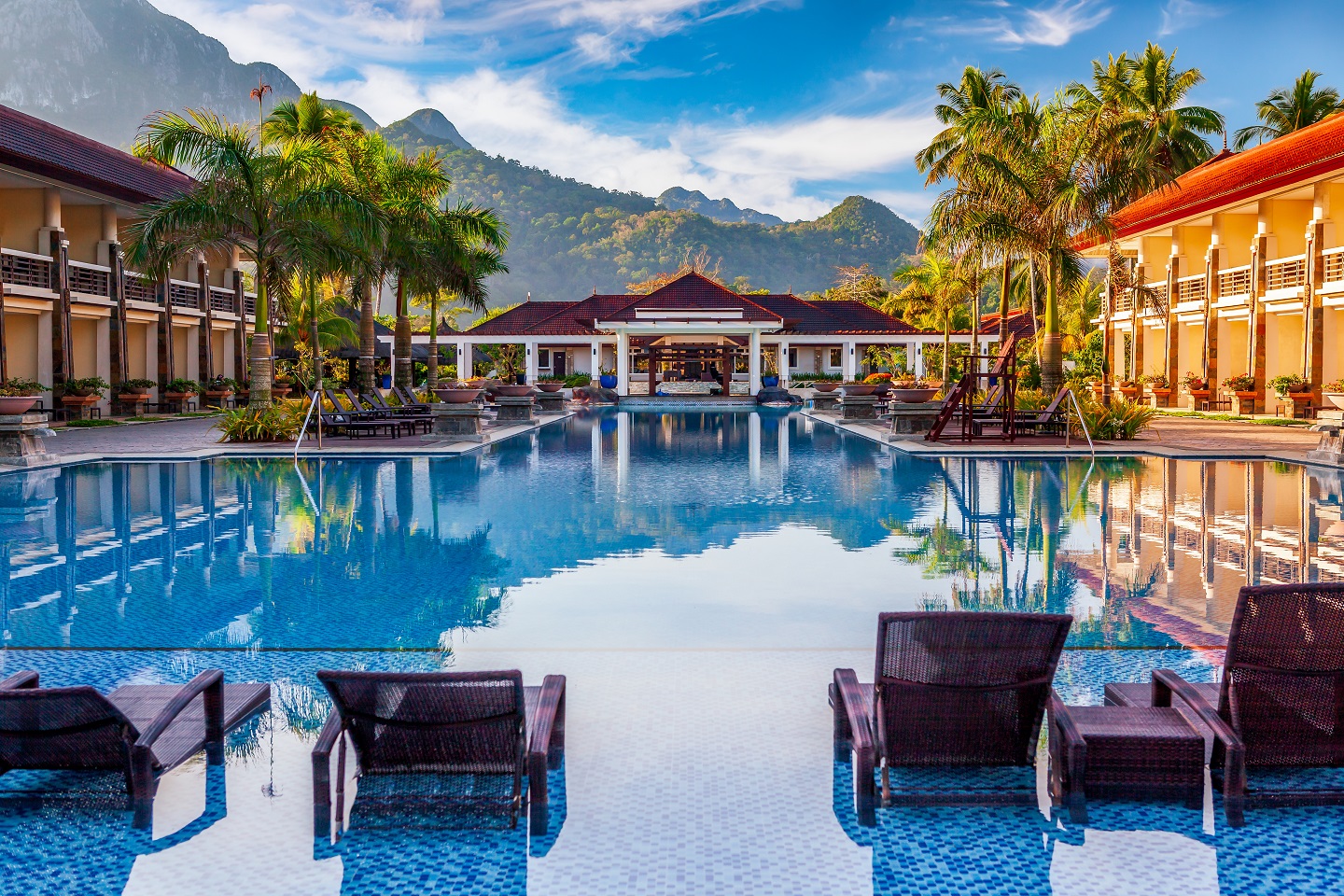One of the hot topics of the HOLA and CHRIS conferences was the investment into the All-Inclusive Resort Model. This model has existed for years. However, developers and hotel operators are looking to rejuvenate the model to attract high-end international travelers.
Why move to all-inclusive?
Traditionally, all-inclusive resorts have had a negative connotation tied to conga lines, bad buffets, and boisterous pool activities. However, many developers and branded operators are revamping this classic hotel model to drive growth in the resort sector in the Caribbean and Latin America. The all-inclusive model allows hotels to drive superior ADRs at hotels by offering a value-add to customers. Along with strong occupancy rates to minimize the cost per guest, hoteliers focus on driving various operating costs down. Thus, operational efficiency is essential to increasing the net operating income while these hotels operate at or near full capacity.
Branded operators are moving towards the all-inclusive model in upper-upscale and luxury properties in the Caribbean and Mexico. According to Alex Zozaya, CEO of Apple Leisure Group, “At the high end, price is not a driver—it’s the experience”. Such luxury concepts include both properties geared towards family-friendly and adult only hotel guests. The key to a successful all-inclusive strategy is to provide value-add experiences that make vacation easy for travelers. From an operational perspective, energy and supplier costs must be critically evaluated to identify the correct level of spend needed to offer a sustainable guest experience. For example, added services like golf must be carefully monitored to ensure profitability.
Positive and negative factors impacting the all-inclusive market
Like any trend, the all-inclusive movement has pros and cons. The resorts tend to be built in remote locations which brings development to rural areas in developing nations. According to Smith Travel Research, the April Pipeline Report for Mexico and the Caribbean has a total of 28,715 under contract rooms, which represents a total of 178 projects. Investment into tertiary markets can improve GDP and reduce unemployment in emerging markets. However, critics of the all-inclusive model argue that it prevents engagement of the local economy.
Benefits for local economies
According to research conducted by JLL Hotels & Hospitality group, hotel performance in Mexico’s non-capital cities is expected to grow as fast as in established tourist getaways. Further, many hotel developers are building in new locations and these resorts are likely to offer all-inclusive products as such locations lack sufficient external attractions. The geographic diversification is a reflection of the growing demand for Mexican leisure tourism and the improving infrastructure that allows inbound travelers into the large nation. With the recent drop in commodity prices, the tourism sector can serve as a new area of revenue generation for Mexico and the region. Leaders of the Americas hotel development industry believe that over time, regional demand will contribute to the growth of high-end all-inclusive resorts. Thus, the development of all-inclusive resorts offers strong upside growth in the mid to long term.
Drawbacks for local economies
However, all-inclusive resorts can have a negative impact on local economies. The nature of all-inclusive resorts discourages guest from leaving the resort to explore local attractions. As a result, this model reduces traveler engagement with local economy. Some governments push back against all–inclusive projects. Naturally, industry leaders argue that the all-inclusive developments drive economic growth through job creation and local supplier contracts. Currently, developers, brands, and local governments are negotiating to create projects that can both drive local economic growth and offer feasible returns for hotel owners and operators.
A failed example
An extreme example of this shortcoming appears in Tunisia where foreign tour operators collect on profits from tourist arrivals into Tunisia as they sell all-inclusive package to travelers. On a macro level, foreign capital is not received by Tunisia as the tour operators control the distribution. Further, once on property, hotel guests do not leave the resort and therefore, do not inject foreign capital into the country’s local economy. As the all-inclusive model is re-vamped in the Caribbean and Latin America, developers and operators must find ways to include local suppliers and employ the local community to drive sustainable growth for the region.
Growth moving forward
Regardless of the risks associated, the CHRIS and HOLA conferences identified that the all-inclusive market is clearly emerging with a fresh upscale look. According to Alex Zozaya,“In the all-inclusive model the break-even (point) is a lot higher because you have a lot of staff,” he said. “Once you get past break even, it is a lot more profitable. It’s a very strong value proposition”. The aggressive growth of all-inclusive resorts illustrates that developers believe they can surpass the break-even point. However, once developed, operators have many challenges including seasonality, the growing risks of the ZIKA virus, and weak airlift into the region. Nevertheless, based on the growth in popularity of the all-inclusive model, the benefits outweigh such risks.





